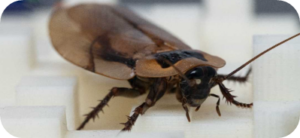
Variation of Centralization with Terrain Complexity and Locomotion Speed
Locomotion emerges due to interactions between various subsystems such as sensory systems for vision. Rather than analyzing all the subsystems ...
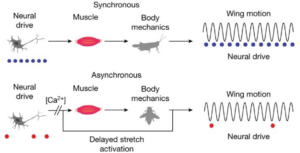
Evolutionary transitions in flight muscle physiology
Slow-flapping (also called synchronous) insects use their nervous system to tell the wings how fast to flap. This is how ...
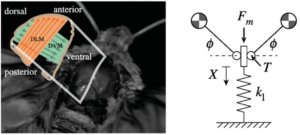
Do insects flap at their resonant frequency?
Centimeter-scale flapping flight is an extremely power-intensive way to get around, because it requires powerful, muscle-driven movement at high frequencies ...
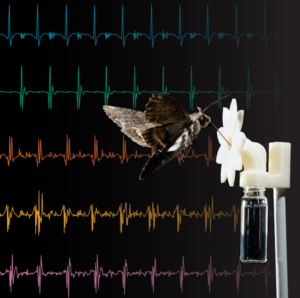
Temporal encoding across a motor program for the hawkmoth’s agile flight
Animals perform a plethora of robust, agile movements in natural environments by actuating and coordinating many muscles. However, the nervous ...
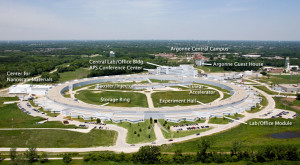
X-ray diffraction through living muscle
How does the action of millions of molecular motors enable muscle, nature’s most versatile material, to power movement? Actin (blue) ...
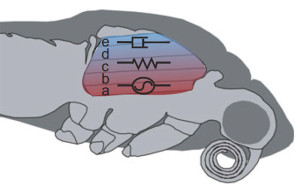
How temperature makes moth muscle bifunctional.
Temperature is one of the most important variables affecting an animal’s physiology. Animal’s thermoregulate in a variety of ways from ...
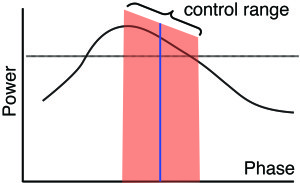
Precision phase control in flight muscles
The established perspective of flight control in insects holds that their remarkable maneuverability arises from neural modulation of relatively small ...
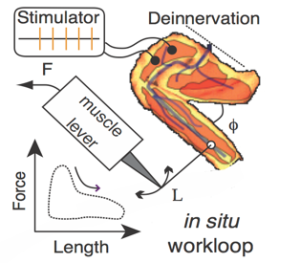
An intact-limb workloop reveals how cockroach muscle changes function
In the previous project we altered the commands the cockroach's brain was sending to its muscle in real-time while the ...